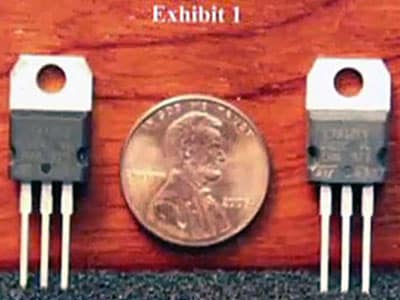Chinese counterfeit products are flooding the markets, not only in the developing countries but also in developed nations. They are cheap, getting better by each day and are readily available. It is now being said that China gets the original commercial and military designs through hacking and then successfully imitates them. And that this may risk local trade.
Louis P. Feuchtbaum has been involved with a number of IT companies to thwart the threat of counterfeit electronics. He’s a former assistant district attorney and according to him companies must do detailed investigation of a possible design leak if there’s a flood of its counterfeit products in the market. Also, the company needs to locate how these counterfeit products are being sold as to track them and have them barred from sale.
Also, in his opinion, hacking used to steal commercial designs is a critical threat and can’t be downplayed, given the significant of economics in today’s world, “As commercial conflicts become more critical to national security, industrial espionage is a very serious issue. The U.S. economy has been steadily shifting away from manufacturing to the development of its intellectual property. We are the genius that powers much of the world’s engines. If … our intellect/design/ingenuity can just be swiped pretty easily because of these products that have been installed that compromise our communications, the consequences for that could be grave.”
When a company produces an original product, it has to invest significantly in research and development and then set a price based on these costs. Producers of counterfeit products have no such costs. They are sold cheaper and are of sub-standard quality, damaging the actual company’s repute and market standing.
Feuchtbaum says, “When you have counterfeit products you lose the assurance of reliability — quality control goes out the window. You may be dealing with algorithms and programming that could work until too many demands are placed upon a system [and] you make it to a point where actually component failure due to material breakdown.”
However, there are times when counterfeit products are so similar to actual products that even the experts can’t tell the difference. And this essentially makes a company lose big money. Fuechtbaum cites an instance, “There are cases I have been involved with where counterfeit products relating to a single product — not even a product line [but] a single part number — … costs the American company tens of millions of dollars for a single part. Take that and multiply it across product lines and then across the whole production of the company, and the losses are almost uncountable.”
The solution, he thinks, is a very robust counterfeiting system in place which can track counterfeit goods and then put them out of the market.
Source: Business Insider
[ttjad keyword=”hot”]



